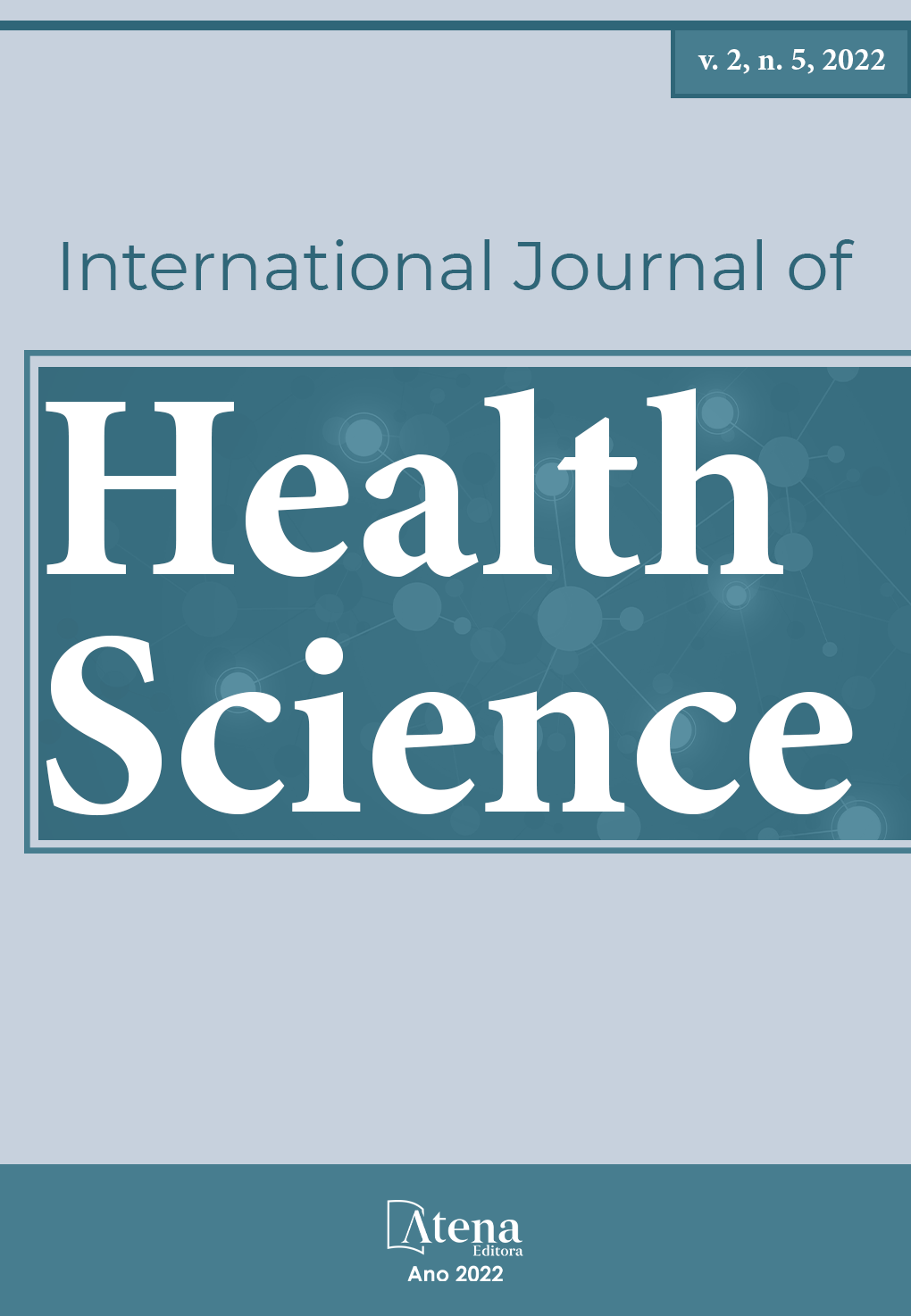
Qualitative analysis of the ultra-low-dose computed tomography with tin filtration in patients with pneumonia: towards x-ray radiation dose.
Background: Currently CT scanners are able to perform ultra-low dose chest CT, with scanning time less than one second, eliminating the need for apnea, decreasing respiratory motion artifacts in patients with pneumonia and severe dyspnea. The aim of this work is to evaluate ultra-low-dose chest CT in patients with pneumonia, regarding the effective dose of ionizing radiation and image quality, comparing cross sectional CT images with a reconstructed chest X-ray, in order to find pulmonary parenchymal abnormalities due to pneumonia.
Methods: An ultra-low-dose protocol was designed on a 384-slice Dual Source CT scanner. The inclusion criteria were patients selected from a database, with clinical suspicion or follow up of pneumonia, including those with a positive diagnosis of COVID-19, who underwent ultra-low-dose chest CT protocol, using a tin filter and ultra-fast pitch, named Turbo Flash. The tomographic cross sectional images and the reconstructed X-ray of the patients were evaluated by two experienced radiologists, in a blind study, where the image quality analysis was performed subjectively with Likert Scale. The effective radiation dose of our CT protocol was calculated multiplying DLP by the standard chest K-factor of 0.014. The positive cases on CT were classified according to the percentage of lung involvement as: Mild (up to 25%), Moderate (25-50%) and Severe (greater than 50%). Kappa test was used to compare the results of both radiologists and the statistical significance was p < 0.001. The study was approved by the Local Ethics Committee, with the register number of 41005020.6.0000.5474.
Results: Sixty-seven patients (mean age: 53.8 ± 15.5 years old; 42 were female) were included. The mean DLP of Chest CT was 16.42 ± 5.71 mGy*cm, corresponding to a mean effective dose of 0.23 ± 0.08 mSv. The Likert evaluation showed substantial agreement between the radiologists
(k = 0.735, p=<0.001), where ultra-low-dose Chest CT image quality had scores 5 (Excellent) and 4 (Good). Using the classification of pulmonary findings, the false negative rates of reconstructed X-ray were Severe: 1.0, Moderate: 0.25 and Mild: 0.79.
Conclusions: Ultra-low-dose CT is a potential alternative to digital radiography for lung imaging in cases suspected of pneumonia or disease follow-up, at a comparable radiation dose.
Qualitative analysis of the ultra-low-dose computed tomography with tin filtration in patients with pneumonia: towards x-ray radiation dose.
-
DOI: 10.22533/at.ed.159252204022
-
Palavras-chave: Computed Tomography. Chest CT. Pneumonia. Ultra-low-dose. Dual Source CT.
-
Keywords: Computed Tomography. Chest CT. Pneumonia. Ultra-low-dose. Dual Source CT.
-
Abstract:
Background: Currently CT scanners are able to perform ultra-low dose chest CT, with scanning time less than one second, eliminating the need for apnea, decreasing respiratory motion artifacts in patients with pneumonia and severe dyspnea. The aim of this work is to evaluate ultra-low-dose chest CT in patients with pneumonia, regarding the effective dose of ionizing radiation and image quality, comparing cross sectional CT images with a reconstructed chest X-ray, in order to find pulmonary parenchymal abnormalities due to pneumonia.
Methods: An ultra-low-dose protocol was designed on a 384-slice Dual Source CT scanner. The inclusion criteria were patients selected from a database, with clinical suspicion or follow up of pneumonia, including those with a positive diagnosis of COVID-19, who underwent ultra-low-dose chest CT protocol, using a tin filter and ultra-fast pitch, named Turbo Flash. The tomographic cross sectional images and the reconstructed X-ray of the patients were evaluated by two experienced radiologists, in a blind study, where the image quality analysis was performed subjectively with Likert Scale. The effective radiation dose of our CT protocol was calculated multiplying DLP by the standard chest K-factor of 0.014. The positive cases on CT were classified according to the percentage of lung involvement as: Mild (up to 25%), Moderate (25-50%) and Severe (greater than 50%). Kappa test was used to compare the results of both radiologists and the statistical significance was p < 0.001. The study was approved by the Local Ethics Committee, with the register number of 41005020.6.0000.5474.
Results: Sixty-seven patients (mean age: 53.8 ± 15.5 years old; 42 were female) were included. The mean DLP of Chest CT was 16.42 ± 5.71 mGy*cm, corresponding to a mean effective dose of 0.23 ± 0.08 mSv. The Likert evaluation showed substantial agreement between the radiologists
(k = 0.735, p=<0.001), where ultra-low-dose Chest CT image quality had scores 5 (Excellent) and 4 (Good). Using the classification of pulmonary findings, the false negative rates of reconstructed X-ray were Severe: 1.0, Moderate: 0.25 and Mild: 0.79.
Conclusions: Ultra-low-dose CT is a potential alternative to digital radiography for lung imaging in cases suspected of pneumonia or disease follow-up, at a comparable radiation dose.
-
Número de páginas: 14
- Carlos Gustavo Yuji Verrastro
- Pâmela Bertolazzi
- Andrei S. Albuquerque
- Andréa Vinche Badra Pavani
- Gilberto Szarf
- Gustavo de Souza Portes Meirelles
- Vicente Sanchez Aznar Lajarin


